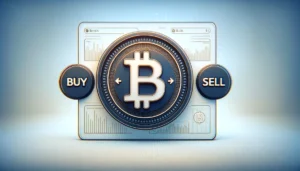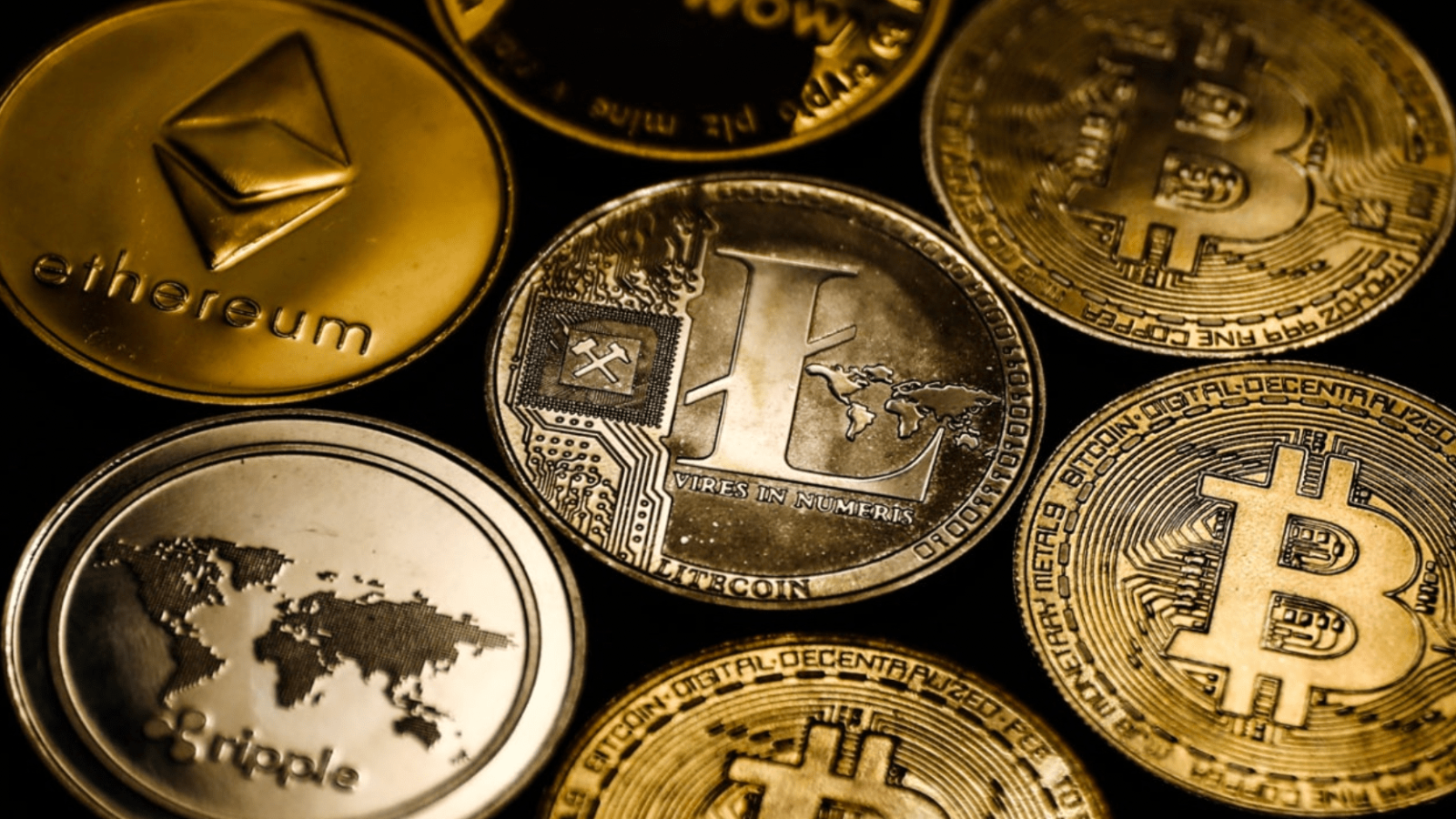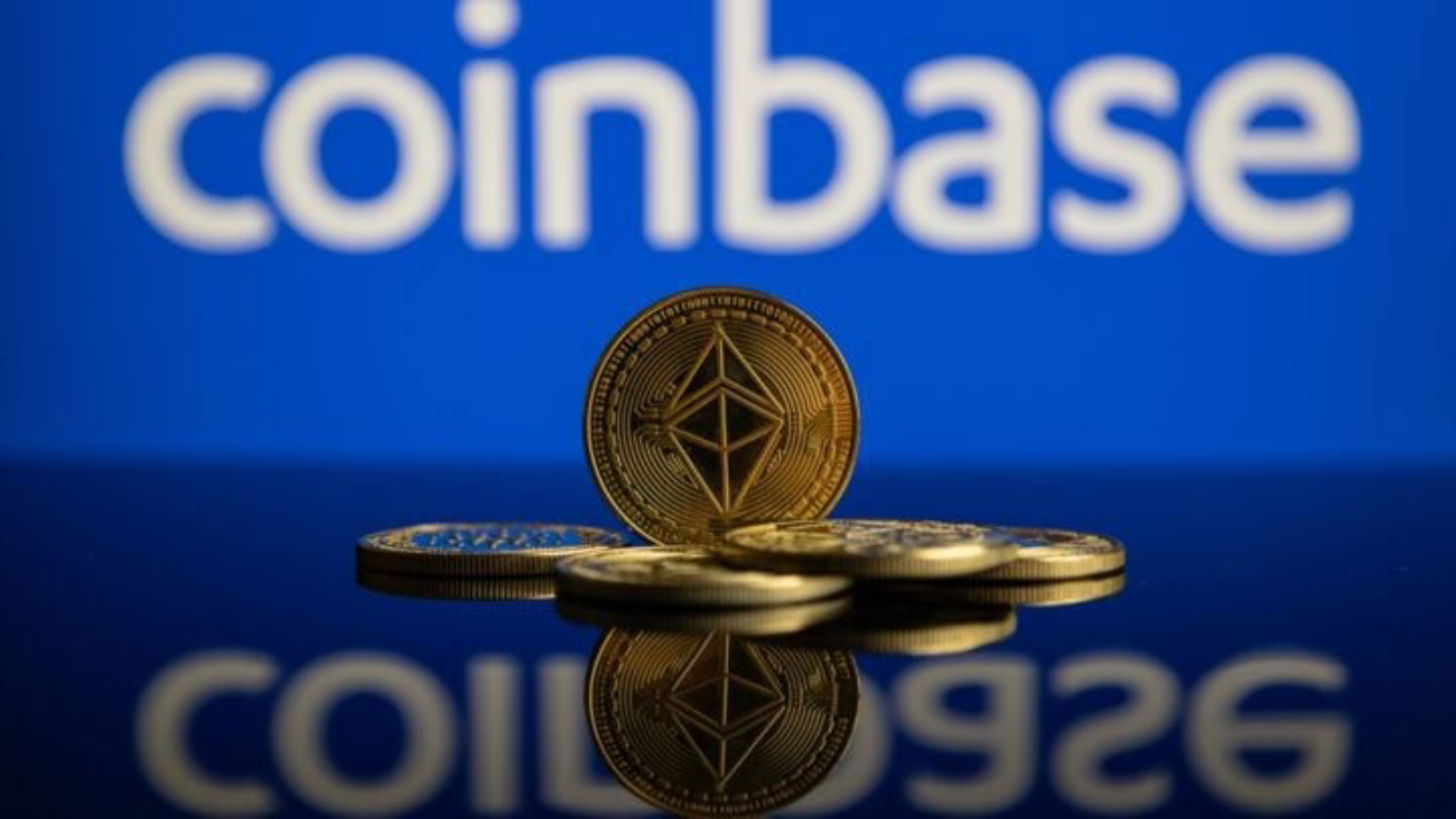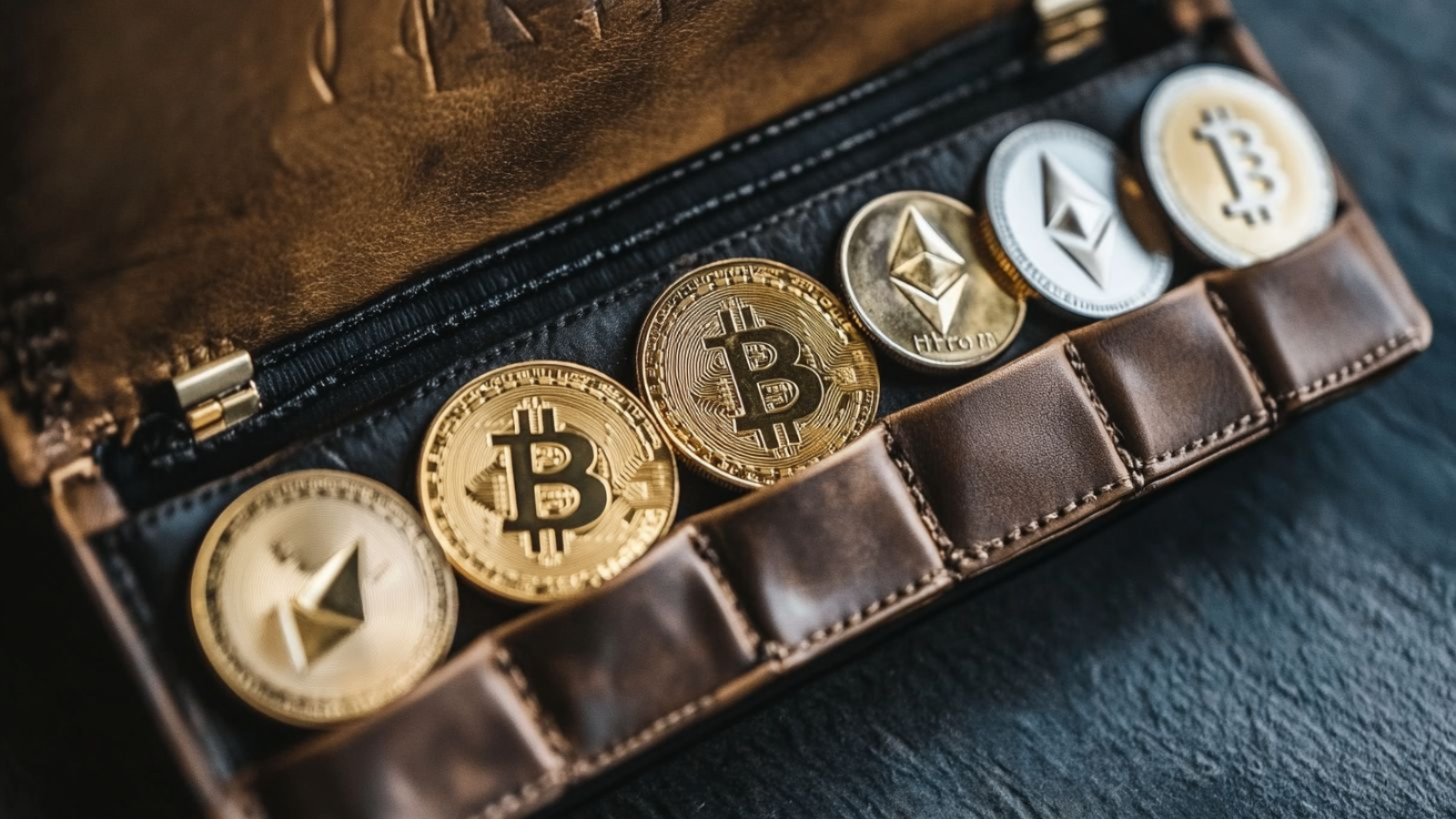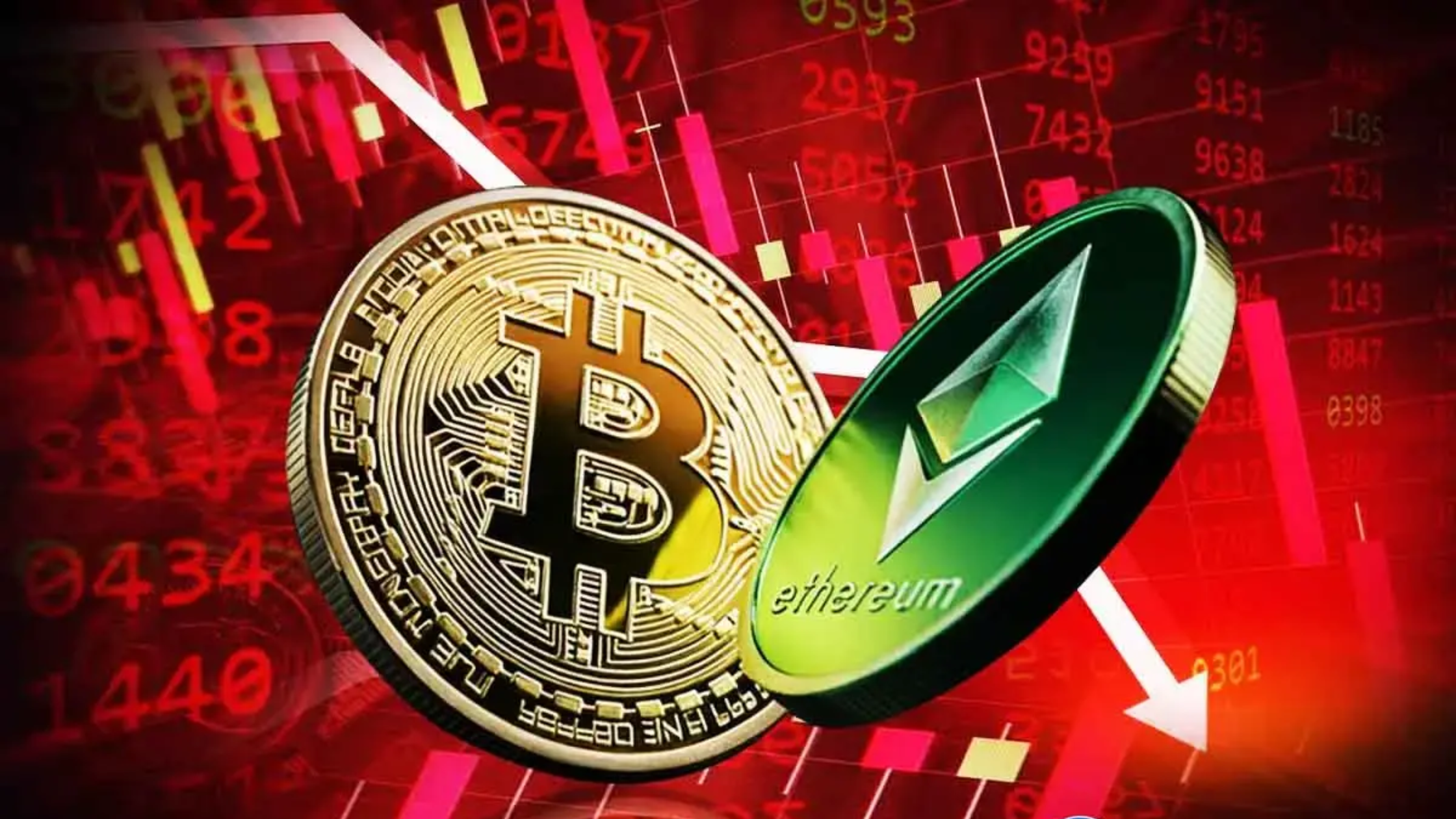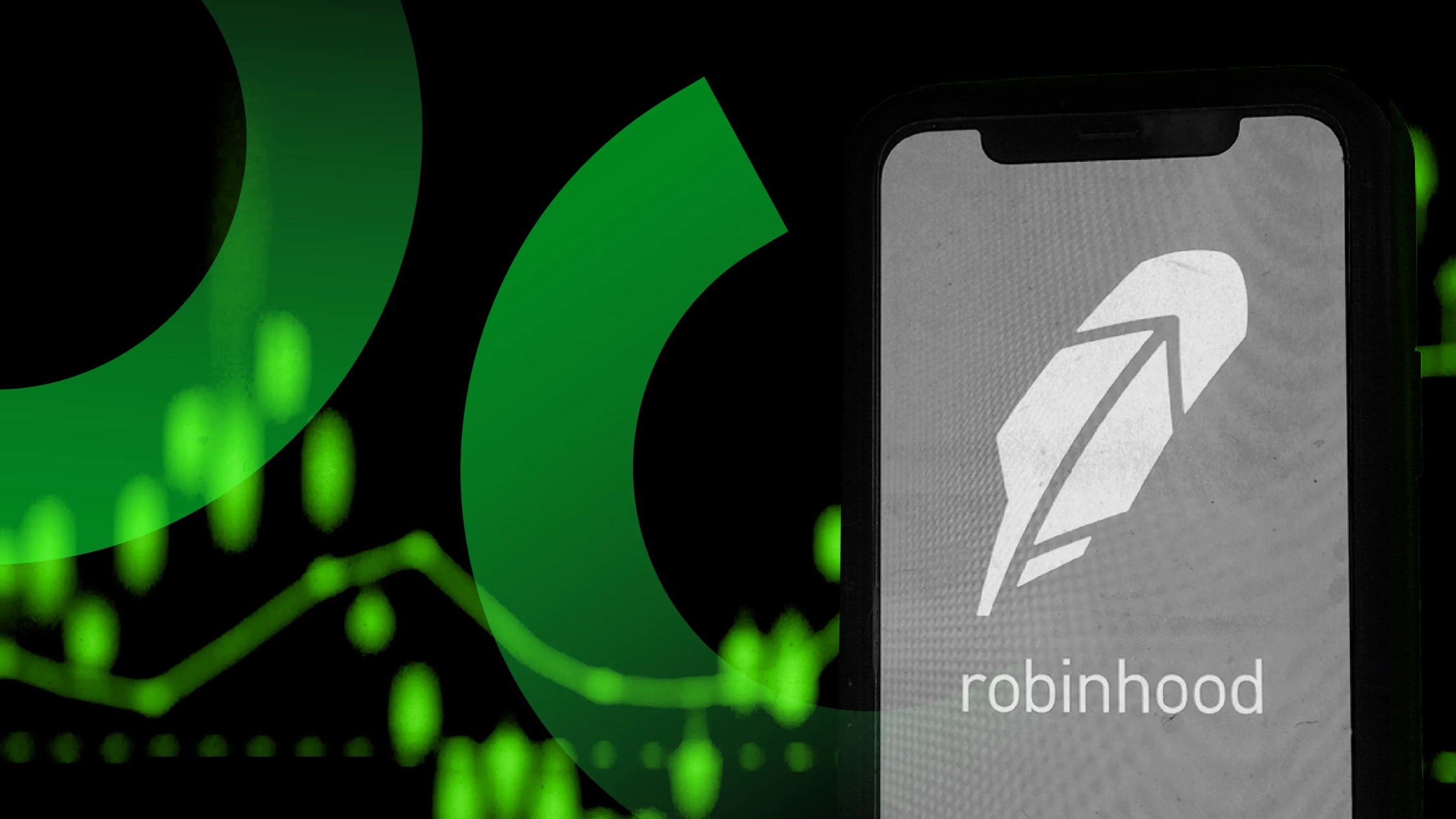
Human psychology is an intricate and complex lobby integrating many unfathomable factors. However, it can also be considered quite predictable considering how the masses react similarly under some specific situations. To put simply, individuals often exhibit “herd behavior” during fearful or euphoric conditions, which leads to expected reactions.
The crypto fear and greed index leverages the human psychology dynamics to determine the market’s mood. In this article, we will review how this index works, which factors it takes into account, and how can you utilize it optimally.
Table of Contents
ToggleWhat is the crypto fear and greed index?
The crypto fear and greed index is an analytical indicator that presents the overall state of the crypto market sentiment. It exists in the form of a scale that fluctuates from 0 (extreme fear) to 100 (extreme greed) according to the shifting sentiments of crypto market players.
The index was initially developed for the stock market by CNN Business. However, later on, alternative.me created a comparable index for the crypto market. It’s worth noting that the crypto fear and greed index focuses solely on Bitcoin sentiment, given its blatantly dominant position in the market.
Here is what the scores on the crypto greed and fear index represent:
- 0-24 – Extreme fear
- 25-49 – Fear
- 50-74 – Greed
- 75-100 – Extreme greed

As crypto prices surge, a powerful sense of greed takes hold, prompting participants to take action in the fear of missing out (FOMO), and jump on the bandwagon. During such conditions, the scale tilts towards the greenish figures (50-100), which represent greed. Conversely, when the market takes a downturn, panic often sets in and leads to impulsive selling by investors. Based on such fearful sentiment, the numbers turn red (0-49), which indicates fear.
Considering some previous real-life precedents, we can witness how the index incorporates fluctuating investors’ sentiment. In March 2020, the index reached its lowest zone amid widespread panic regarding the COVID-19 pandemic. The event caused a significant sell-off in the crypto market, stirring fearful sentiments. Further, in February 2021, Bitcoin experienced a significant boost in value following Elon Musk’s announcement of Tesla’s substantial investment in BTC. As a result, the index rose dramatically to a staggering 92 out of 100, indicating an extreme level of greed in the market.
How is the crypto fear and greed index calculated?
According to alternative.me, the crypto fear and greed index is measured according to a variety of factors, which are as follows:
(Note that previously “surveys” also contributed 15% towards the calculation of the index but they are currently on hold.)
- Volatility (25%) – Significant volatility in the market typically signifies a fearful sentiment, whereby nervous investors cause the market to move in a volatile manner. The crypto fear and greed index measures the present market volatility along with the maximum drawdowns of Bitcoin and contrast it with the average figures of the preceding 30 and 90 days. As per the index, a remarkable increase in volatility indicates a market that is panicked or fearful.
- Market momentum/volume (25%) – Market momentum, which indicates the price’s acceleration rate, as well as market volume, which stipulates the intensity of trading activity, are two major factors counted by the index. It gauges the momentum and volume in comparison with the averages of the last 30 or 90 days. The index holds that the higher the purchase volume in a positive market, the higher the greed.
- Social media (15%) – The crypto fear and greed index also analyzes the crypto-related Twitter trends, monitoring the posts across various hashtags for different digital assets. An above-average interaction rate with some specific coins, particularly Bitcoin, is deemed as an indication of surging public interest.
- Dominance (10%) – The index also takes into account the Bitcoin dominance trends considering its mammoth position in the crypto market. A high BTC dominance indicates a fearful market scenario, where investors tend to move their investments from other volatile altcoins to the relatively secure Bitcoin. Conversely, during times of market optimism, BTC dominance wanes as investors gravitate towards high-risk coins to achieve exponential returns. Nevertheless, note that high levels of investment in Bitcoin can also suggest a stable market atmosphere. So, the interpretation of this factor can vary significantly.
- Trends (10%) – Lastly, the crypto fear and greed index assesses Google trends to scrutinize user interests. As an example, when the interest in Bitcoin swells, related Google search volumes tend to increase. Historical data also shows that spikes in Google searches related to BTC align with significant fluctuations in cryptocurrency prices. Depending on “what” the people are searching for and its search volume, the index can indicate building bullish or bearish sentiment.
How can you trade using the crypto fear and greed index?
The index carries considerable significance for crypto traders as it enables them to anticipate the potential next moves of the majority.
Typically, whenever the index slopes to extreme fear levels, it is considered a bullish reversal signal for the crypto prices. In the fearful zone, crypto prices are relatively low amid heightened apprehension of capital loss and panic selling by traders. At this point, risk-tolerant players may contemplate buying since crypto assets are likely undervalued.
Likewise, when extreme greed takes over the market, it is often a signal for traders to either enter a short position or sell their crypto holdings. It is because the assets may be overvalued at this point fuelled by the fear of missing out (FOMO). This situation poses a notable risk of a “bubble burst” with little reward for staying invested in the market.
Note that, till recently, the index had been stuck in the “fear” range since the mid of last year. However, with the current rebound in Bitcoin’s value, the index has finally made its way into the realm of neutrality after a nearly nine-month-long stint in the “fear” zone.

Bottom line
The cryptocurrency market is a breeding ground for intense human emotions, as investors experience a rollercoaster ride of highs and lows. While the crypto fear and greed index offers a variety of benefits by encompassing fluctuating sentiments, it has also its limitations. For instance, it tends to provide only a snapshot of the short-term outlook, rather than a comprehensive view of the market.
Therefore, you should keep in mind to use this indicator in conjunction with other tools and valuation metrics. As the crypto fear and greed Index focuses solely on sentiment analysis, you should also rely on technical and fundamental analysis to augment your trading results.
Read more:
http://thetradingbay.com/3-high-apy-crypto-interest-accounts-to-watch-in-2023/



